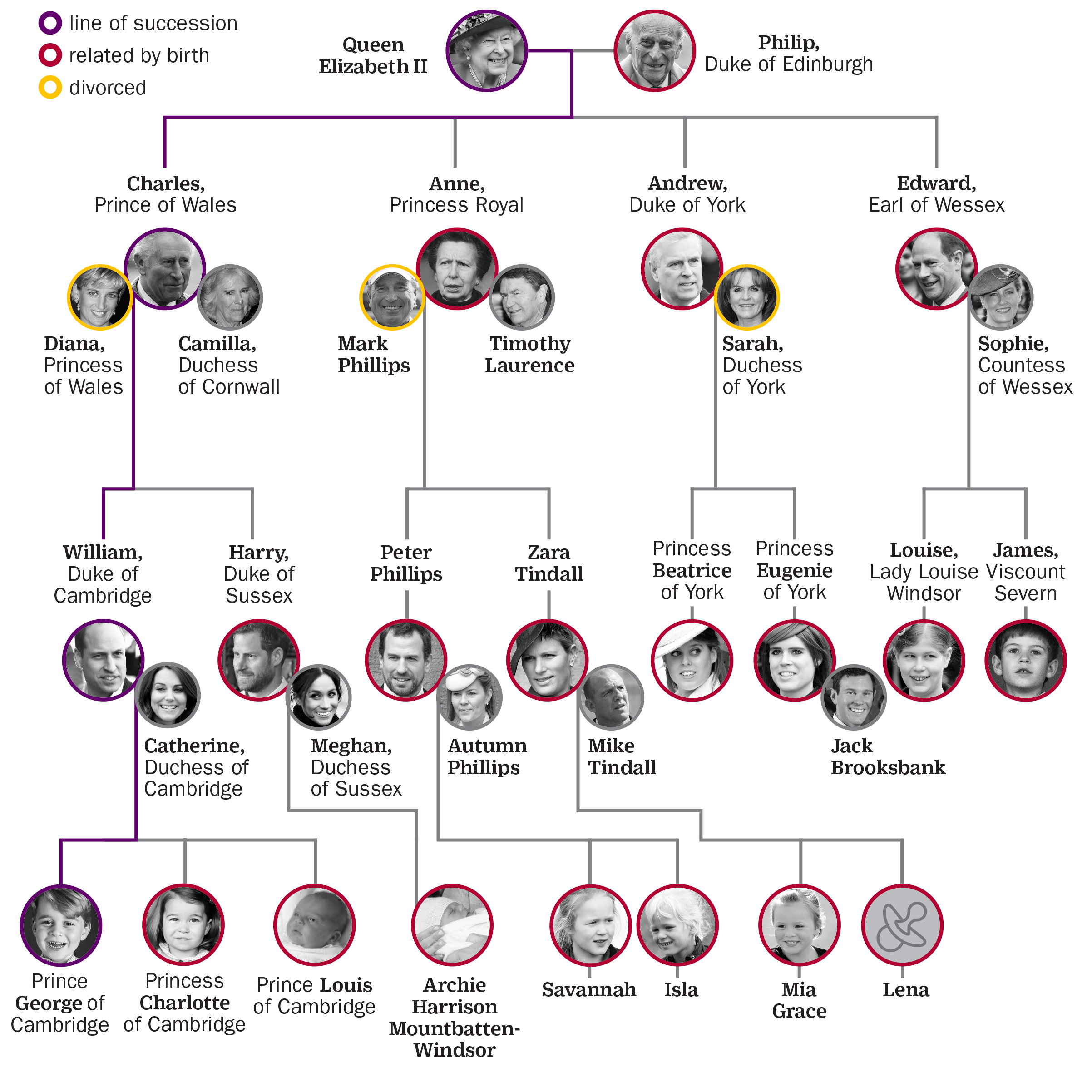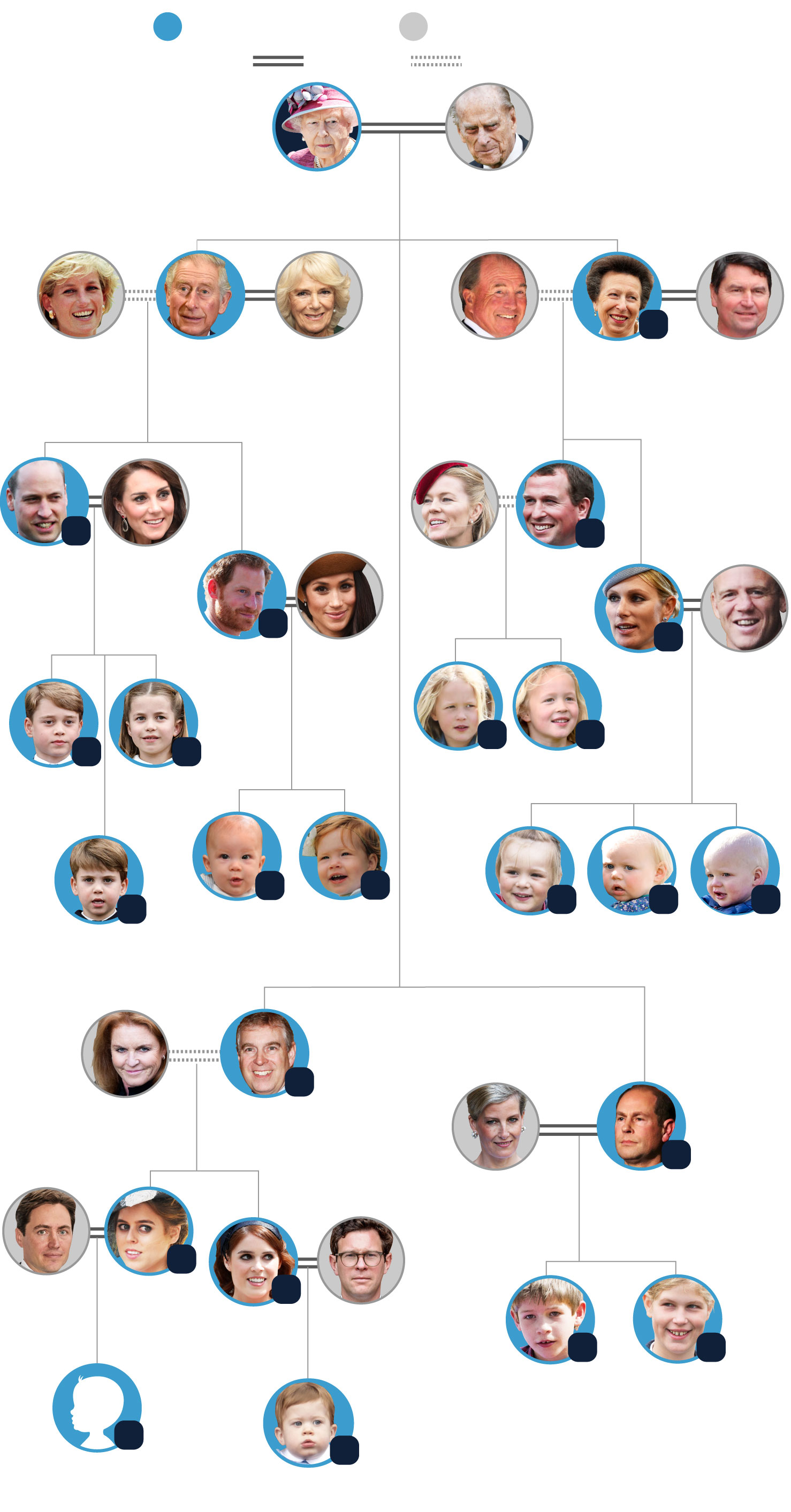Hey there, royal enthusiasts! Let's dive straight into the world of crowns, thrones, and family trees. If you're scratching your head wondering what is crown family succession, you're not alone. It’s like a super exclusive club with its own set of rules that have been around for centuries. Picture this: a dynasty where power passes from one generation to another, and every move is carefully calculated. So, why does crown family succession matter so much? Stick around, because we're about to break it all down for you.
Now, crown family succession isn’t just about fancy ceremonies and glittering jewels. It’s a system that has shaped the course of history, influencing everything from politics to culture. From the House of Windsor to the Kim dynasty in North Korea, the rules may vary, but the goal remains the same – keeping the family legacy alive. It’s like a game of chess, but with real-life consequences.
So, whether you're a history buff or just curious about how royal families maintain their power, you're in the right place. We’ll explore everything you need to know about crown family succession, including its intricacies, controversies, and even a few fun facts. Let’s get started!
Read also:How Did Haleyybaylee Get Famous The Untold Story Of Tiktok Stardom
Understanding Crown Family Succession
Alright, let’s get into the nitty-gritty. Crown family succession refers to the process by which royal power is transferred from one family member to another. It’s like passing the baton, but with a crown instead. This system is deeply rooted in tradition and has been used by monarchies all over the world for centuries. The rules can vary depending on the country and the family, but the core idea remains the same – ensuring continuity and stability within the royal lineage.
Key Principles of Crown Succession
There are a few key principles that govern crown family succession. First up is primogeniture, which means the eldest child inherits the throne. Simple, right? Well, not always. In some cases, the throne can pass to the next male heir, skipping over daughters. But times are changing, and many countries are now adopting absolute primogeniture, where the firstborn, regardless of gender, gets the crown. Cool, huh?
Modern Adaptations of Crown Succession
As the world evolves, so do the rules of crown family succession. Many royal families have updated their traditions to reflect modern values. For example, Sweden and Norway now allow women to inherit the throne, breaking centuries of male dominance. It’s like a royal family saying, “Hey, times are changing, and so are we.” These adaptations not only make the system fairer but also more inclusive.
History of Crown Family Succession
Let’s take a trip back in time to explore the origins of crown family succession. This concept dates back to ancient civilizations, where ruling families would pass down power to their offspring. Think of it as the original version of a family business. Over the years, the system has evolved, shaped by wars, political shifts, and social changes. But the essence remains the same – keeping the family name at the top of the power pyramid.
Early Beginnings
In the early days, crown family succession was often determined by brute force. The strongest or most cunning family member would claim the throne, often through battles or political maneuvers. It was a wild west of sorts, where the rules were more guidelines than laws. But as civilizations grew more complex, so did the rules of succession.
Medieval Developments
By the medieval period, crown family succession had become more structured. Royal families began to codify the rules, often with the help of religious institutions. This was a time when the church played a significant role in legitimizing royal power. Think of it as a divine stamp of approval on who gets to wear the crown.
Read also:Green Bay Packers Last Super Bowl Win A Legacy That Lives On
How Crown Family Succession Works Today
Fast forward to the present day, and crown family succession is a blend of tradition and modernity. Each royal family has its own set of rules, but there are some common threads. For instance, most monarchies still follow the principle of primogeniture, though the gender rules are becoming more flexible. It’s like a recipe that’s been passed down through generations, with a few modern twists.
Rules and Regulations
So, what are the rules of crown family succession in today’s world? Well, it varies from country to country. In the UK, for example, the line of succession is determined by the Act of Settlement 1701, which outlines who can inherit the throne. Other countries have similar laws, tailored to their specific traditions and values. It’s like a legal framework that ensures the smooth transfer of power.
Contemporary Challenges
But it’s not all smooth sailing. Crown family succession faces its fair share of challenges in the modern world. Issues like gender equality, religious restrictions, and public opinion can all impact the process. Some royal families have had to adapt quickly to keep up with changing times, while others are still holding on to their traditional ways. It’s a delicate balancing act between preserving heritage and embracing progress.
Notable Crown Successions in History
Let’s take a look at some of the most notable crown successions in history. These are the moments that shaped the course of royal families and, in some cases, entire nations. From the dramatic to the downright bizarre, these stories are a testament to the complexity of crown family succession.
Henry VIII and the Tudor Dynasty
Ah, Henry VIII – the king with six wives and a penchant for changing the rules. His quest for a male heir led to one of the most tumultuous periods in English history. The Tudor dynasty was built on a foundation of controversy and intrigue, with each succession bringing its own set of challenges. It’s like a soap opera, but with real-life consequences.
Queen Elizabeth II and the House of Windsor
Fast forward to the 20th century, and we have Queen Elizabeth II, the longest-serving monarch in British history. Her succession to the throne was a moment of national pride, but it wasn’t without its challenges. The House of Windsor has faced its share of scandals and controversies, but it remains one of the most enduring royal families in the world. It’s like a family that keeps reinventing itself while staying true to its roots.
Controversies Surrounding Crown Succession
Let’s talk about the controversies. Crown family succession hasn’t always been a smooth ride. There have been disputes, scandals, and even coups that have threatened the stability of royal families. These controversies often stem from disagreements over who should inherit the throne, or what the rules should be. It’s like a family feud, but with much higher stakes.
Disputed Successions
One of the most famous disputed successions was the War of the Roses in England. This was a series of civil wars fought between two branches of the royal family over who had the rightful claim to the throne. It was a messy, bloody affair that lasted for decades. But it wasn’t just England – similar disputes have occurred in other parts of the world, each with its own unique twists and turns.
Modern Controversies
In the modern era, controversies surrounding crown family succession often revolve around issues like gender and religion. For example, some countries still have laws that prevent women from inheriting the throne, despite growing calls for equality. It’s like a tug-of-war between tradition and progress, and the outcome is far from certain.
The Role of Public Opinion
Let’s not forget the role of public opinion in crown family succession. In today’s world, royal families are under more scrutiny than ever before. The media and social platforms have given the public a front-row seat to the lives of royals, and opinions can shape the future of a monarchy. It’s like a two-way street, where the family needs the support of the people, and the people have a say in how things are run.
Media Influence
The media plays a huge role in shaping public perception of crown family succession. From news articles to reality TV shows, the way royals are portrayed can have a big impact on their popularity. It’s like a PR game, where every move is carefully calculated to maintain the family’s image. But with great power comes great responsibility, and royal families have to tread carefully in this digital age.
Social Media Impact
Social media has changed the game for royal families. Platforms like Instagram and Twitter have given them a direct line to their fans, but it’s also opened them up to criticism and scrutiny. It’s like a double-edged sword, where the benefits come with a price. Royal families have to navigate this new landscape carefully, balancing tradition with modernity.
Future of Crown Family Succession
So, what does the future hold for crown family succession? As the world continues to change, royal families will have to adapt to stay relevant. This might mean revisiting old traditions, embracing new ideas, or even redefining what it means to be a monarchy. It’s like a journey into the unknown, where the destination is far from certain.
Predictions for the Future
Some experts predict that crown family succession will become more inclusive, with more emphasis on equality and diversity. Others believe that the system will remain largely unchanged, with only minor adjustments to keep up with the times. Whatever the future holds, one thing is certain – crown family succession will continue to be a topic of fascination and debate for generations to come.
Challenges Ahead
But it’s not all rosy. Crown family succession faces some significant challenges in the years ahead. Issues like climate change, economic inequality, and political instability could all impact the role of royal families in society. It’s like a storm on the horizon, and royal families will have to prepare for it if they want to survive.
Conclusion
And there you have it – a deep dive into the world of crown family succession. From its ancient origins to its modern adaptations, this system has shaped the course of history and continues to influence the world today. Whether you’re a fan of royal families or just curious about how power is passed down, there’s no denying the intrigue and drama that surrounds crown family succession.
So, what’s next? If you enjoyed this article, why not share it with your friends? Or better yet, leave a comment and let us know what you think. The world of crown family succession is vast and fascinating, and there’s always more to explore. Thanks for joining us on this royal journey – we’ll see you in the next one!
Table of Contents


